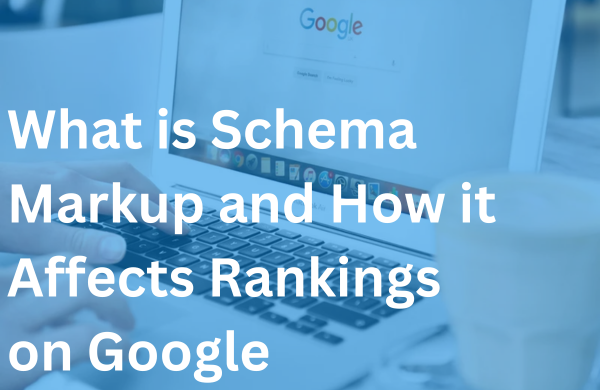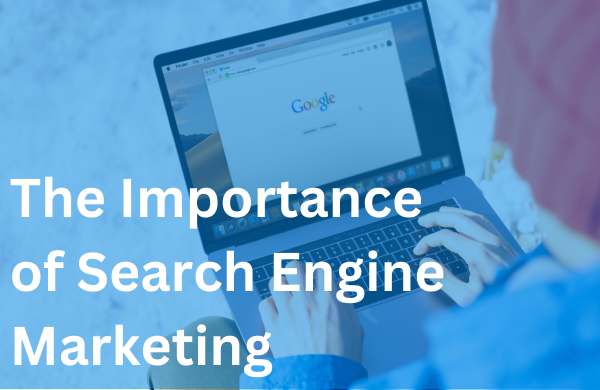Companies have several avenues to target audiences, but SEO content writing is arguably the best way to connect. It helps businesses engage with consumers and demonstrates how a company adds value to the industry.
It’s not enough for audiences to write captivating content. They must integrate SEO aspects like keywords, images, and compelling headlines. Mobile-friendliness and meta-descriptions will help boost your website to the top of search engine rankings.
This article will discuss how to write SEO content and provide the necessary information to create a compelling, high-ranking copy.
Rule #1: Know Your Target Audience
Companies must do extensive audience research before creating content to understand common customer concerns and demographics. This strategy will help them create content that answers consumer questions, provides value, and relates to their target audience.
Organizations may have the most success creating tailored content by creating a buyer persona in advance. A buyer persona should consider a typical customer’s demographics, professional status, psychographics, and pain points. Businesses should also consider how their target audience likes to receive their information to ensure they publish content on the proper channels.
Rule #2: Conduct Thorough Keyword Research
Keywords must be integrated into content to help search engines understand what it’s about. This understanding will ensure search engines show content that matches customer queries.
Organizations must understand different types of keywords so they can utilize them accordingly. They fall into one of three types as follows:
- Short Tail Keywords: These are short and broad phrases used to attract consumers to the sales funnel.
- Long-Tail Keywords: Long-tail keywords are longer and more specific. They are suited to users who have worked their way down the funnel.
- LSI Keywords: Latent Semantic Indexing (LSI) keywords are related to primary keywords and topics and help search engines better understand the content.
Advertisers should also balance search volume with competition. It seems logical for companies to use keywords with high search volume in SEO content writing. However, these keywords are also highly competitive, meaning several websites will appear when users enter a relevant query, and your site may get buried.
Organizations must integrate the right balance of high search volume and less competitive keywords to ensure their site shows up in search engine rankings.
Finding the right keywords for your website is difficult, but fortunately, keyword research tools are available. You can use them to find the best keywords for your content.
Rule #3: Craft Compelling Headlines
The headline is the first thing that will attract people to your content. It needs to be attention-grabbing and give consumers a reason to read. Primary keywords should also be included in the heading to ensure search engines bring up your content in response to relevant queries.
Here are some tips for writing clickable headlines:
- Instill FOMO: Let people know they may miss out on something if they don’t read your article.
- Appeal to Emotions: Make your headline shocking, funny, negative, or positive to ensure people click.
- Ask Questions: Questions make good headings because they may match certain queries, ensuring they appear in search engine results.
- Keep it Short: If headlines are too long, they may get cut off on certain platforms. Additionally, you want to deliver your message quickly to appeal to short attention spans.
- Use Numbers: Numbered lists suggest scannability, which appeals to readers and search engines.
- Utilize A/B Testing: A/B testing allows you to compare different headlines to determine which are most effective in attracting readers.
Rule #4: Optimize Your Meta Descriptions
Meta descriptions help readers and search engines understand your content. They can entice readers to read your content and ensure search engines classify it correctly so it shows up for relevant queries.
A meta description must meet character limitations, typically 150 and 160 characters, although this can vary by platform. It should be relevant to the page and contain primary keywords. End meta descriptions with a CTA that entices the user to read your content.
Rule #5: Create High-Quality, Original Content
Write Valuable Content
Advertisers may wonder how to write SEO-optimized content. It begins with ensuring content is valuable and unique.
Your content should add value to the reader. It can answer a common customer FAQ, provide news-worthly information, or explain how something works. DIYs and tutorials are typically highly engaging.
Ensure Content is Unique
Uniqueness is also essential. Many of today’s writers rely on AI for content creation. Others plagiarize content, which could be purposeful or accidental.
However, search engines do not favor non-unique content. AI-generated and plagiarized content may get buried, while authentic content will get the best search engine rankings.
Address User Intent
The content must also address user intent. Consider the queries it will rank for and ensure it answers the user’s question.
Balance Depth and Readability
Writers should also balance depth and readability. The article should provide comprehensive information that addresses the reader’s needs and be easily understood.
Keep sentences and paragraphs short and avoid industry jargon to achieve this goal.
Rule #6: Implement Proper Header Structure
People writing content for SEO must also implement H1, H2, and H3 (etc.) headings. These headings divide content into small subsections to help readers scan the content they are interested in. They prevent readers from scanning through large blocks of text to find the information they need.
Readers find more scannable content appealing, reducing bounce rates.
Headings also help search engines classify content. Content with headings is more likely to appear when a relevant query is entered.
Accessibility is another benefit. Headings provide a visual hierarchy for sight-impaired users. Companies that rank high for accessibility avoid fines and penalties and appeal to more users.
Rule #7: Optimize Images and Multimedia
Images make the content look more visually appealing, break up large blocks of text, and enhance the meaning of the content.
Companies will get more mileage from their images using descriptive file names and alt text. The descriptions help search engines identify images and related content so they appear in relevant searches. They also help visually impaired people understand images, further enhancing accessibility.
Organizations that include images in content should compress them for faster load times. Slow load times can impact search engine rankings. Ensure your site loads quickly to make the most of your SEO efforts.
Rule #8: Include Internal and External Links
Content should include a healthy mix of internal and external links. Here are some guidelines and benefits to consider.
- Internal Links: Internal links link to other pages on your website. They can guide readers to other content pieces to enhance engagement or take them to product pages to increase conversions. They also link related pages together so search engines better understand your site structure.
- External Links: External links link to pages outside your site to provide context. Link to reputable sources to show you’ve researched your topics. External linking can also help you build relationships with organizations with good reputations in related industries.
Advertisers should consider the anchor text they use when linking. Use keywords as anchor text to make the topic more apparent to search engines. Use descriptive anchor text to let readers know what information they will get when following the link.
Rule #9: Ensure Mobile-Friendliness- Importance of responsive design
A DataReportal article states that mobile accounts for 56.9% of online time. If your content is not formatted for mobile sites, you’re missing out on potential sales and failing to engage with a substantial portion of your target audience.
Several tools allow you to test your content’s mobile performance, including:
- Google’s Mobile-Friendly Test: This test will optimize for Google search pages.
- Page Speed Insights: Analyzes a URL’s loading speed for mobile and desktop.
- WebPage Test: Simulates load times across various mobile platforms and browsers, considering varying connection strengths.
- GTmetrix: A free tool that measures PageSpeed and YSlow scores and offers improvement tips.
- BrowserStack: Tests websites on various browsers and mobile devices.
Rule #10: Regularly Update and Refresh Content
Companies will see the best results by keeping content fresh. They should review content to determine what’s outdated and consider replacing or updating irrelevant content.
Organizations should audit content regularly to determine what updates are needed. Several tools, including Google Analytics, Semrush, and Ahrefs, provide auditing capabilities. They will provide information on your content’s current performance, focusing on elements like keywords, links, and SEO. You can use the results to determine whether to keep the content, update it, or delete it.
Also called historical optimization, updating content may require optimizing images, improving SEO, adding more content, or modernizing content.
Conclusion
Many of us know the general answer to the question, “What is SEO content writing?” but how many understand all it entails? You must know your target audience, conduct keyword research, craft compelling headlines, optimize meta-descriptions, create high-quality content, utilize heading structure, include alt-text images and internal and external links, and ensure mobile-friendliness. You must continually review and audit existing content and create new content to keep your site relevant.
SEO content writing management is a multifaceted undertaking that may be overwhelming for entrepreneurs focused on running their businesses. Brillity Digital can help you create an optimized website that engages your target audience and content for social media and emails so you can reach more customers and increase conversions.
Contact us to learn how we can help you produce content that converts.




